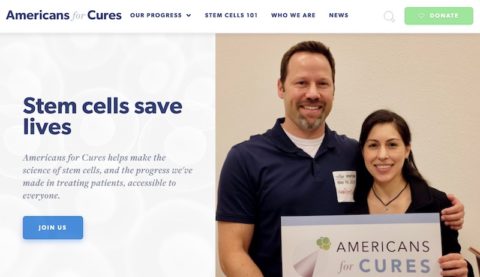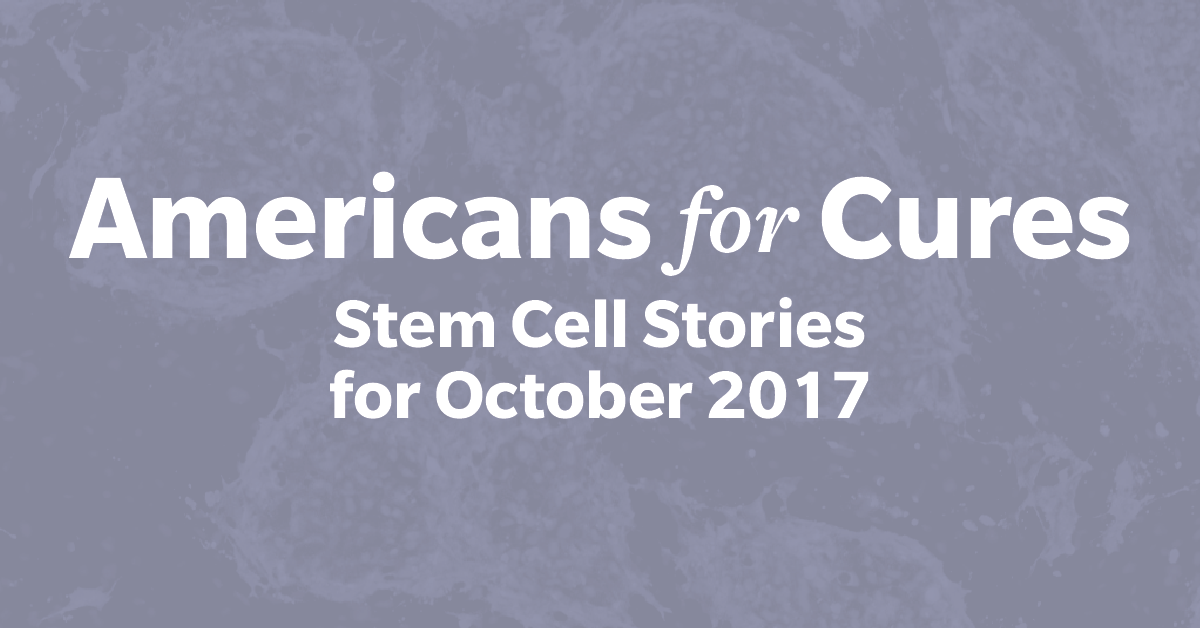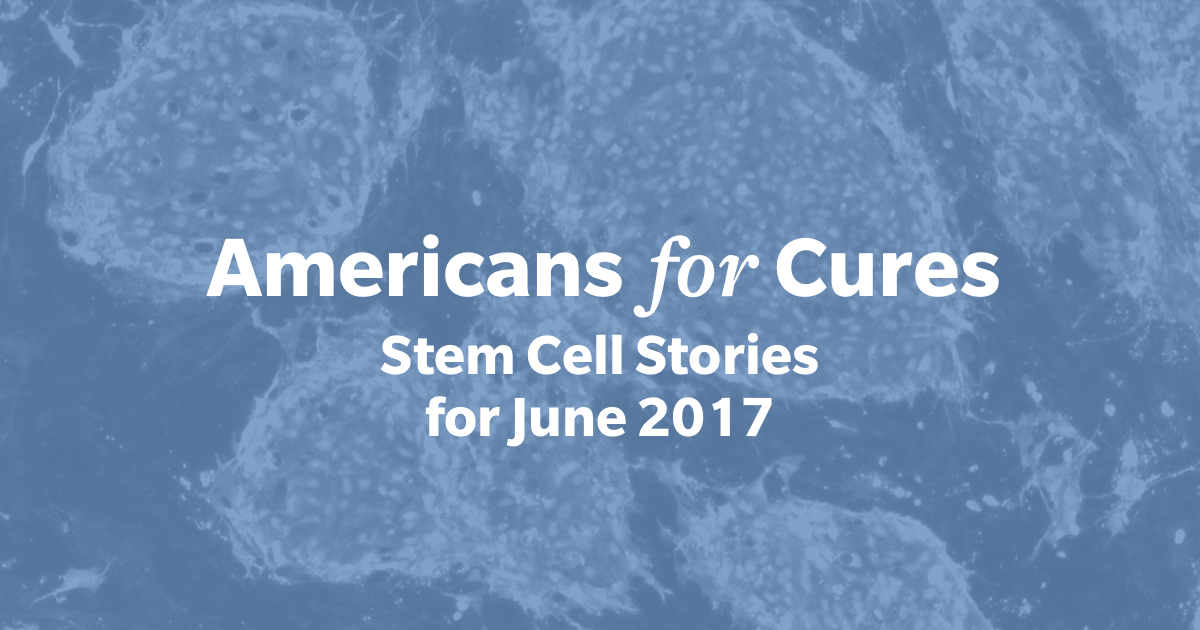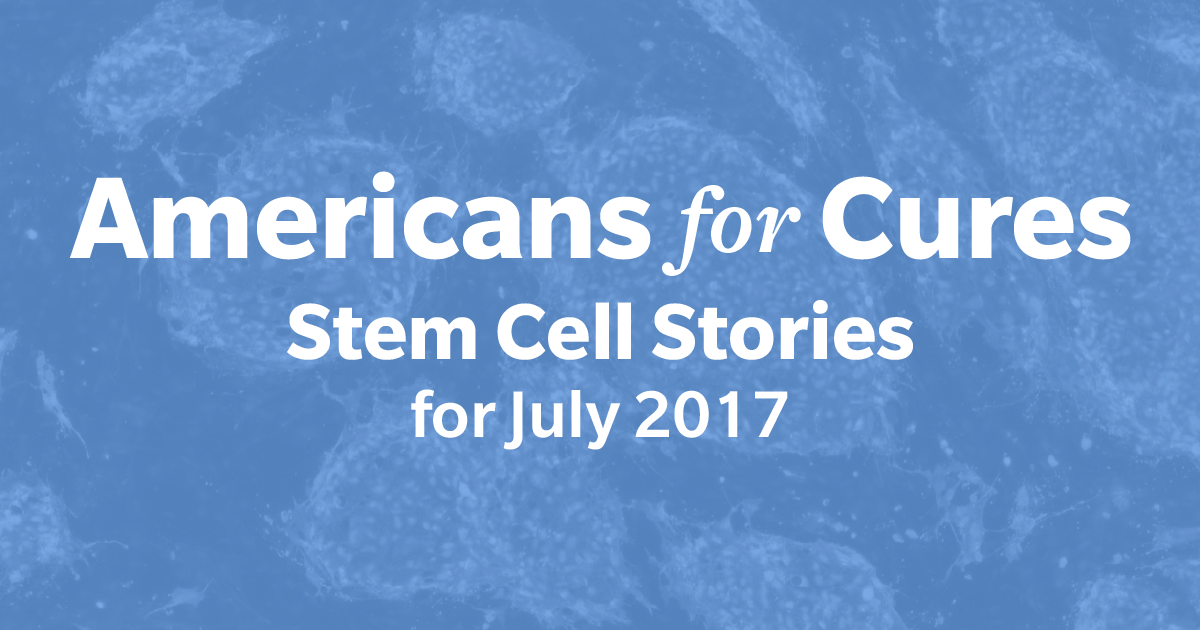Hi Friends,
As human beings, I believe that we are morally obligated to help alleviate human suffering, and that we should not wait until someone dear to us is sick before taking action.
Over the past year, this belief has propelled me to speak up to my peers at California State University San Marcos about the scientific advances being made with stem cell research.
I’m an undergraduate student now, and I was inspired by my fellow ambassadors to start a Student Society for Stem Cell Research chapter at CSUSM. Through this group, we have shared the historic progress that research funded by the California state stem cell program has made, and shown fellow students how they can take action to ensure that this revolutionary time in medicine is not short lived.
At university, I am surrounded by driven, ambitious scholars who together can form a very powerful coalition. We make up the scientists and doctors of tomorrow who will continue to bring new medical discoveries to light in the future. It is imperative that stem cell-focused pipeline programs, like those funded by California’ state stem cell program, continue to be pursued, ensuring that the knowledge, insight, and passion for scientific research we have today are passed down to the next generation.
The young people I know care deeply about the world around us. Together, we hope to inspire those around us to join this fight, and to support stem cell research while advocating for families in need. I hope you’ll do the same.
Thank you,
Salena Gallardo
A4C Ambassador and CIRM Bridges Intern
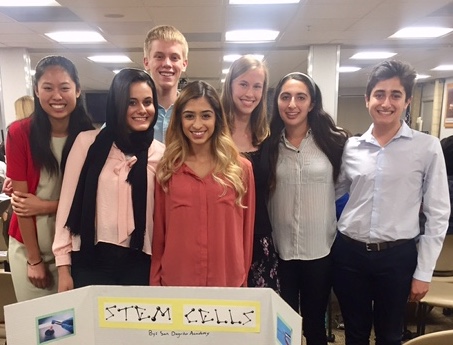
Salena Gallardo speaking with high school students at San Dieguito Academy in Encinitas, CA
Spotlight: A New Home for Stem Cells
You may have already noticed, but the Americans for Cures website is looking different! A few weeks ago, we launched a completely redesigned americansforcures.org, making it much easier to find what you’re looking for.
We know most people are interested in hearing about a specific disease or injury, so click on the top menu that’s marked “Our Progress” and then on the disease or injury you want to read more about. We have clinical trial information, firsthand stories from families, whiteboard videos, and more.
Our goal is to be your trusted source of reliable, accurate, scientifically-vetted information about stem cells. So let us know what you think! Click here to contact us.
Want to learn more about stem cells and test your knowledge? We just launched a quiz on the top myths about stem cells. Take our quiz now.
Disease Spotlight: ALS
Amyotrophic lateral sclerosis (ALS, also known as Lou Gehrig’s disease) is a relentless and fatal neurodegenerative disease which carries with it an average life expectancy of two to five years from diagnosis. But with more than $62 million in funding from Proposition 71 and the California Institute for Regenerative Medicine (CIRM), researchers are working to develop ways to slow or halt the progression of ALS.
Scientists are using stem cells to find ways to prevent damage and support the function of motor neurons before they die. A team at Cedars-Sinai Medical Institute, led by Dr. Clive Svendsen, is using a strategy to implant a type of stem cell, known as a neural progenitor cell, that can home to the site of dysfunction or injury. These specific neural progenitor cells have also been engineered to secrete a powerful growth factor called glial-derived neurotrophic factor (GDNF). The idea is to use these engineered cells as Trojan Horses: after implantation, the cells will migrate to the site of injury, where they will secrete high levels of GDNF and prolong the life of the motor neurons.
This trial was approved by the FDA in October 2016 and is expected to commence in mid-2017. You can read about that trial here.
Another research project at the University of California, San Diego (UCSD), led by Dr. Larry Goldstein, Dr. Samuel Pfaff, and Dr. Martin Marsala, aims to protect surviving neurons in people diagnosed with ALS from further degeneration. The team intends to take human embryonic stem cells, and then turn them into a type of stem cell known as neural stem cells. These develop into neurons and support cells known as astrocytes: support cells that envelope and provide vital nutrients to motor neurons.
By transplanting neural stem cells into ALS patients, the scientists hope to slow the progression of motor neuron death, thereby slowing or halting the progression of ALS.
Watch our whiteboard video about how stem cell research could half ALS:
Quote of the Month



